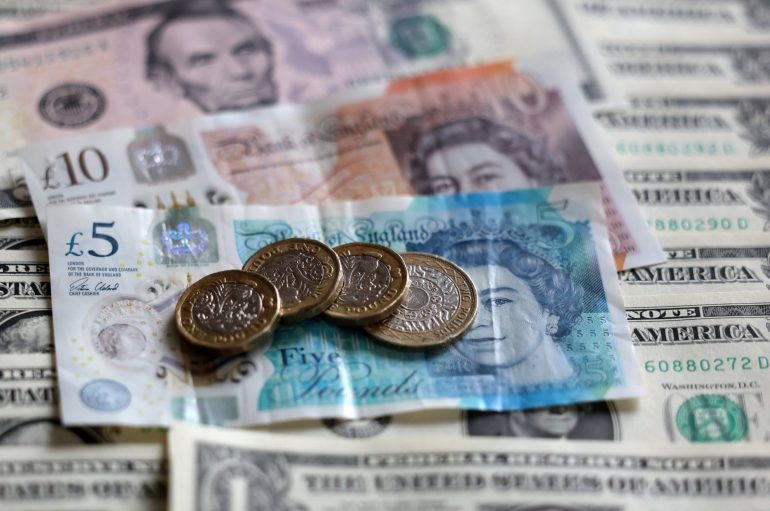The UK’s economy benefits from a robust institutional framework, the standing of sterling as a reserve currency, and gilts as safe assets, alongside deep domestic capital markets. These strengths contribute to the economy’s resilience in the face of challenges. However, the rising levels of public debt, higher financing costs, volatile gilt markets, and a weak external sector with recurring current-account deficits present significant risks to this stability.
Limited Fiscal Headroom and External Risks Threaten UK Economic Stability and Growth Outlook
The UK’s fiscal headroom was restored to £9.9 billion in the Spring Statement, bringing it back to the level projected last October. However, this fiscal space remains limited, leaving the country vulnerable to economic developments beyond the government’s control. With heightened global geopolitical and economic uncertainties, there are substantial risks to the government’s fiscal position, and further adjustments to policies may be needed in the upcoming Autumn Budget.

The UK’s economic forecasts face substantial downside risks, exacerbated by external factors. The imposition of new US tariffs on UK exports, including a 10% levy on £60 billions of goods and 25% tariffs on steel and aluminum, adds pressure to the open economy. These tariff measures could lead to reduced growth expectations, with current projections of 1.0% for 2025 and 1.3% for 2026 already reflecting cautious outlooks.
Rising Borrowing Costs and Military Spending Threaten UK Fiscal Sustainability and Flexibility
Since October, borrowing costs have increased, consuming much of the £9.9 billion fiscal headroom. Interest payments are expected to rise significantly, reaching 8.3% of government revenues by 2029, a near threefold increase from 2020 levels. This surge in borrowing costs effectively limits the government’s fiscal flexibility and heightens concerns about the sustainability of public finances, especially in the context of subdued output growth.
The planned increase in military expenditure to 2.5% of GDP by 2027 presents another challenge to the UK’s fiscal sustainability. While some of this spending is classified as capital expenditure, it still contributes to the overall fiscal deficit.
Despite efforts to reduce public-sector net financial liabilities, net debt excluding the Bank of England continues to rise. Scope Ratings projects that UK general government debt will reach 114.2% of GDP by 2029, up from an estimated 99.5% by the end of 2024, signaling growing difficulties in managing long-term debt sustainability.

